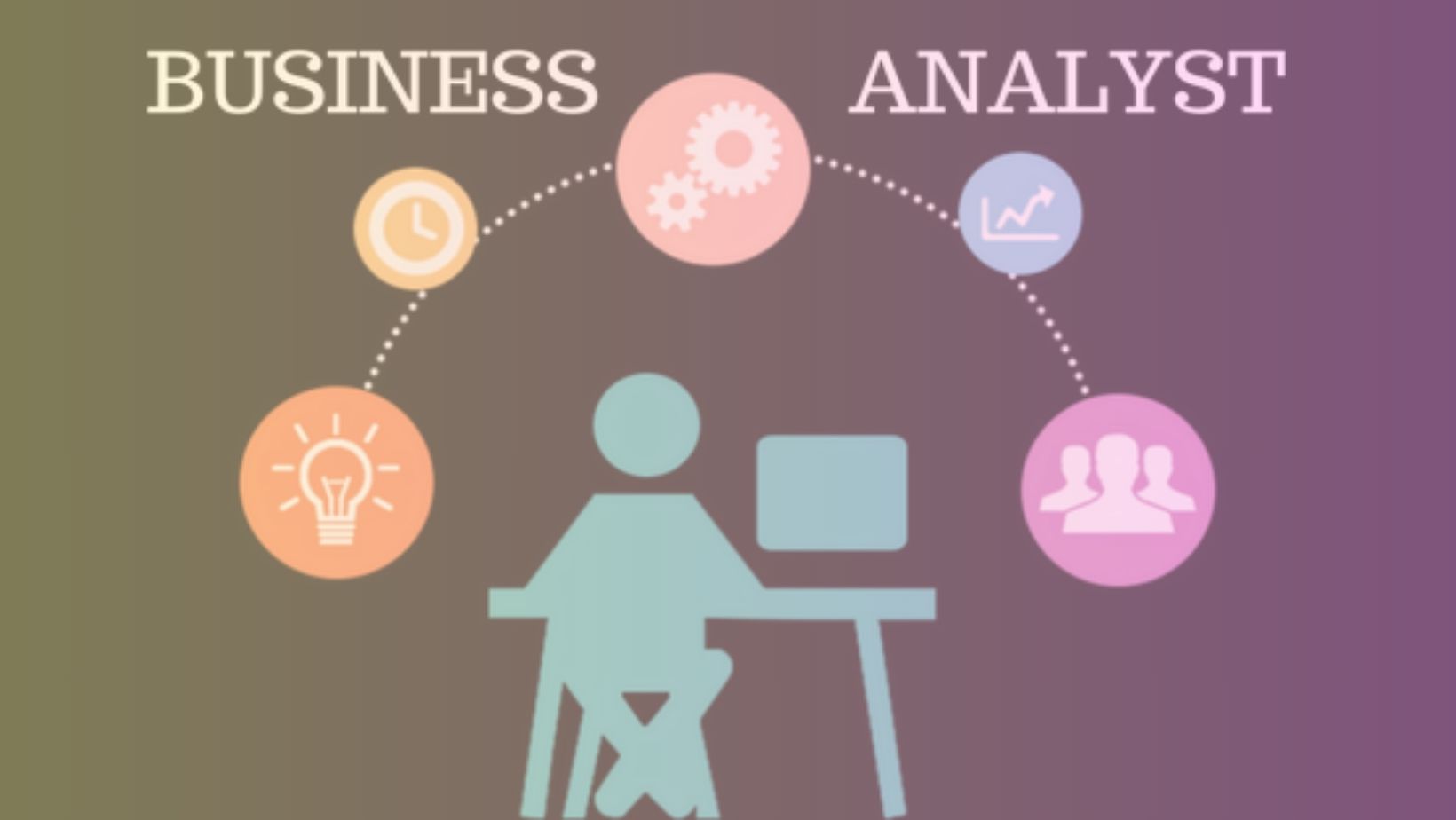
Introduction:
In today's rapidly evolving business landscape, adaptability is key to success. Agile methodology has emerged as a powerful framework for project management, emphasizing flexibility, collaboration, and customer-centricity. For Business Analysts (BAs), understanding and embracing Agile principles are essential for thriving in dynamic environments. This blog explores the significance of Agile for BAs across various aspects, from methodologies to tools and techniques.
Understanding Agile Principles:
At the core of Agile are its guiding principles, which prioritize customer satisfaction, iterative development, and continuous improvement. BAs play a crucial role in translating these principles into actionable insights by fostering effective communication between stakeholders, refining requirements iteratively, and adapting to changing business needs. By embracing Agile principles, BAs can ensure that projects remain aligned with organizational goals and deliver value incrementally, fostering a culture of collaboration and innovation.
Agile vs. Waterfall Methodologies:
A fundamental distinction in project management lies between Agile and Waterfall methodologies. Unlike the linear, sequential approach of Waterfall, Agile promotes an iterative, incremental process that allows for flexibility and responsiveness to evolving requirements. For BAs, this means shifting from a rigid, documentation-heavy process to one that prioritizes adaptability, feedback, and continuous improvement. By embracing Agile over Waterfall, BAs can better manage project uncertainties, mitigate risks, and deliver products that better meet customer expectations.
Role of Business Analyst in Agile Projects:
In Agile projects, the role of BAs extends beyond traditional requirements gathering to encompass a more collaborative and adaptive approach. BAs act as facilitators, bridging the gap between stakeholders, development teams, and end-users, ensuring that everyone remains aligned and focused on delivering value. They facilitate grooming sessions, prioritize user stories, and continuously refine requirements based on feedback, fostering a culture of transparency and shared ownership. By actively engaging in Agile ceremonies such as sprint planning, daily stand-ups, and retrospectives, BAs can drive continuous improvement and maximize project outcomes.
Agile Tools and Techniques:
A variety of tools and techniques support Agile practices, empowering BAs to streamline processes, enhance collaboration, and manage project requirements effectively. From user story mapping and backlog grooming to prototyping and stakeholder workshops, these tools facilitate communication, prioritize work, and ensure that project deliverables meet customer expectations. By leveraging Agile tools and techniques, BAs can optimize workflows, minimize waste, and adapt to changing requirements with greater agility, ultimately delivering value more efficiently and effectively.
Scrum and Kanban Methodologies:
Two popular frameworks within the Agile ecosystem are Scrum and Kanban, each offering unique approaches to project management. Scrum emphasizes time-boxed iterations (sprints), cross-functional teams, and regular feedback loops, promoting rapid delivery and continuous improvement. Kanban, on the other hand, focuses on visualizing workflow, limiting work in progress, and optimizing cycle times, enabling teams to maintain a steady flow of value delivery. For BAs, understanding these methodologies enables them to choose the most suitable framework based on project context, team dynamics, and organizational needs.
Conclusion:
In conclusion, Agile methodology holds immense value for Business Analysts, enabling them to navigate complexity, embrace change, and deliver value in dynamic environments. By understanding Agile principles, methodologies, and tools, BAs can effectively facilitate collaboration, manage requirements, and drive project success. Whether through Scrum, Kanban, or other Agile frameworks, embracing agility empowers BAs to thrive in today's fast-paced business landscape, driving innovation and customer satisfaction.
Comments (0)
Recent posts


Agile Benefits for Business Analysts
22/02/2024
Power BI Data Viz Techniques
1/03/2024





